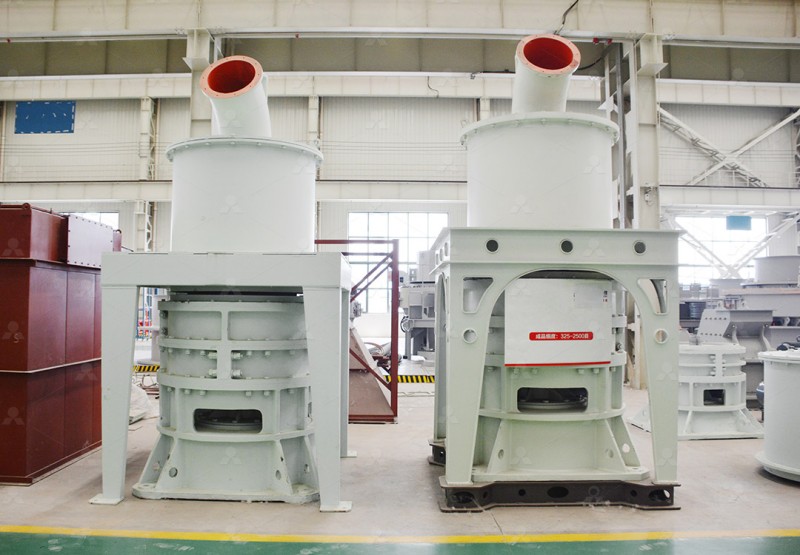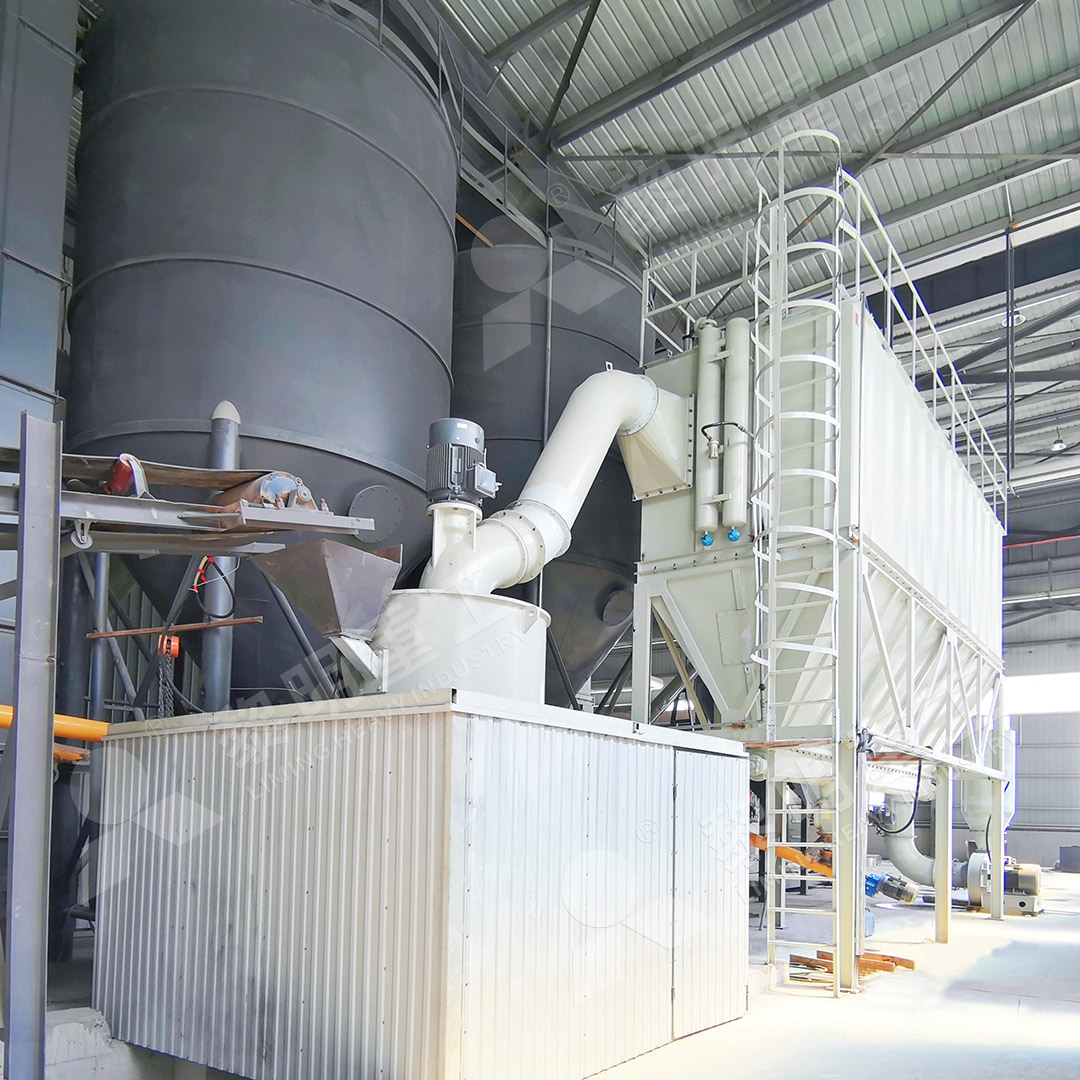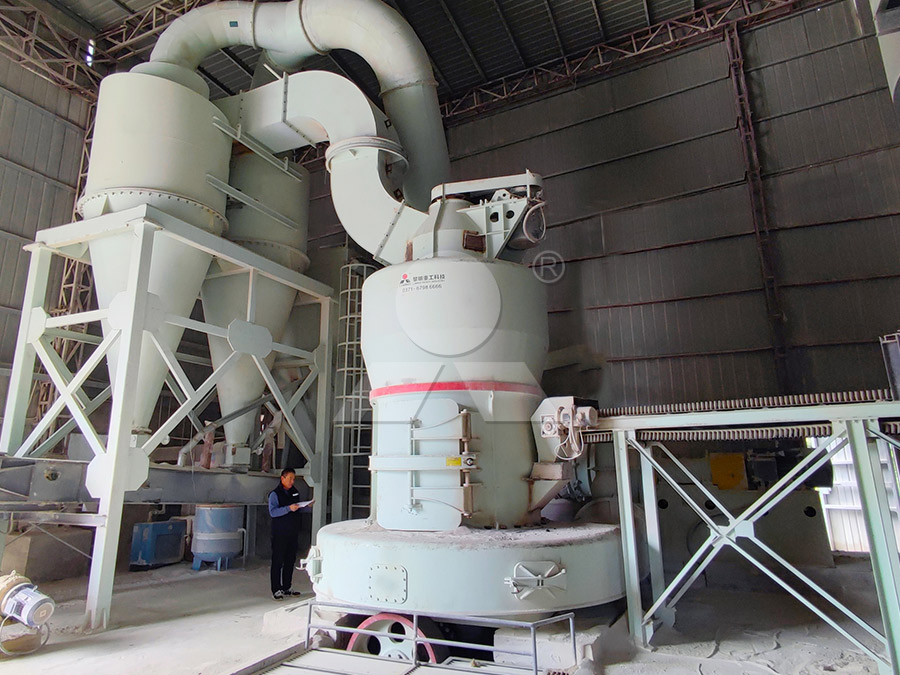1200 Mesh Limestone Grinding Mill: Price and Technical Data
Introduction to 1200 Mesh Limestone Grinding
Producing fine limestone powder at 1200 mesh requires specialized grinding equipment capable of achieving precise particle size distribution while maintaining operational efficiency. This fineness level is particularly demanding for applications in plastics, paints, coatings, and advanced construction materials where superior product quality is paramount. The selection of appropriate grinding technology directly impacts production costs, product quality, and environmental compliance.

Technical Requirements for High-Fineness Grinding
When targeting 1200 mesh fineness, several technical factors become critical. The grinding mill must maintain consistent particle size distribution, prevent contamination, and manage heat generation effectively. Traditional ball mills often struggle with energy efficiency at this fineness level, while basic Raymond mills cannot achieve the required mesh size. Advanced grinding systems with precision classifiers and optimized grinding geometries are essential for profitable operation.
The moisture content of feed material should be controlled below 5% to prevent clogging and maintain grinding efficiency. Proper ventilation and cooling systems are necessary to manage the significant heat generated during fine grinding operations. Additionally, wear-resistant materials in grinding components ensure consistent performance and reduce contamination from mechanical wear.
Recommended Equipment for 1200 Mesh Limestone
MW Ultrafine Grinding Mill: Optimal Solution
For operations requiring consistent 1200 mesh limestone powder, our MW Ultrafine Grinding Mill presents an ideal solution. This advanced grinding system handles input sizes up to 20 mm with production capacities ranging from 0.5 to 25 tph. The mill’s German-designed cage-type powder selector enables precise control over fineness from 325 to 2500 meshes, making 1200 mesh production easily achievable.
The MW series incorporates several innovative features specifically beneficial for high-fineness applications. The absence of rolling bearings and screws in the grinding chamber eliminates common failure points and prevents contamination from loose components. The external lubrication system allows for maintenance without production stoppages, supporting continuous 24-hour operation that is essential for cost-effective fine powder production.

LUM Ultrafine Vertical Grinding Mill: Alternative Option
For operations with space constraints or specific layout requirements, the LUM Ultrafine Vertical Grinding Mill offers complementary capabilities. With an input size of 0-10 mm and capacity range of 5-18 tph, this vertical configuration integrates grinding, classifying, and transporting in a single compact unit. The LUM mill’s unique roller shell and lining plate grinding curve generates stable material layers for consistent 1200 mesh output.
Economic Considerations and Pricing Factors
The investment in 1200 mesh grinding equipment involves evaluating both capital expenditure and operational costs. Our MW Ultrafine Grinding Mill delivers 40% higher production capacity compared to jet mills and stirred grinding mills at equivalent fineness and power consumption. The system energy consumption is approximately 30% of jet grinding mills, providing significant operational savings over the equipment lifespan.
Pricing for complete grinding systems varies based on configuration, automation level, and ancillary equipment. Systems typically range from $150,000 to $500,000 depending on capacity requirements and specific features. The integrated pulse dust collector and noise reduction systems ensure compliance with environmental regulations without additional investment in pollution control equipment.

Frequently Asked Questions
What is the typical energy consumption for producing 1200 mesh limestone?
Our MW Ultrafine Grinding Mill consumes approximately 30-50% less energy compared to conventional grinding systems at 1200 mesh fineness. Specific consumption ranges between 80-120 kWh per ton depending on material characteristics and production rate.
How does the MW Mill maintain consistent 1200 mesh quality?
The multi-head cage-type powder selector with German technology ensures precise particle separation. The system maintains d97≤5μm screening rate consistently, with digital controls allowing real-time adjustment to maintain target fineness.
What maintenance requirements should we anticipate?
The MW Ultrafine Grinding Mill requires minimal maintenance due to its innovative design without rolling bearings in the grinding chamber. Regular inspection of grinding rolls and lining plates is recommended every 2,000-3,000 operating hours, with typical replacement intervals of 8,000-10,000 hours depending on material abrasiveness.
Can the same mill process other materials besides limestone?
Yes, the MW Ultrafine Grinding Mill effectively processes calcite, dolomite, talc, barite, and other non-metallic minerals with similar hardness. The adjustable fineness from 325-2500 meshes makes it suitable for various industrial applications.
What ancillary equipment is required for complete operation?
A complete system typically includes jaw crusher for preliminary size reduction, vibrating feeder, elevator, and pulse dust collector. Our engineering team provides integrated solutions with all necessary components for turnkey operation.
